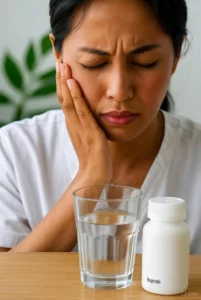 I like to joke with patients that dental emergencies occur anytime after 5pm on Fridays and usually on a holiday weekend. As we approach some big celebrations, I hope this newsletter will serve as insurance…if you’re prepared for an emergency, hopefully it will never happen. With this in mind, I am going to share a handful of items to have in your medicine cabinet that may help to mitigate pain and bring you comfort until you can make an appointment to see us. Listed below are the five most common dental emergencies and what to do when you cannot be seen immediately. Please know that you can email me anytime if you need additional assistance. It may be a good idea to save this email for reference should any of the scenarios listed below happen to you.
I like to joke with patients that dental emergencies occur anytime after 5pm on Fridays and usually on a holiday weekend. As we approach some big celebrations, I hope this newsletter will serve as insurance…if you’re prepared for an emergency, hopefully it will never happen. With this in mind, I am going to share a handful of items to have in your medicine cabinet that may help to mitigate pain and bring you comfort until you can make an appointment to see us. Listed below are the five most common dental emergencies and what to do when you cannot be seen immediately. Please know that you can email me anytime if you need additional assistance. It may be a good idea to save this email for reference should any of the scenarios listed below happen to you.
Broken Tooth
One of the most common dental emergencies is a broken tooth that can create a knife-like edge which lacerates the tongue while chewing and speaking. If this were to happen to you, a small ball of dental wax (remember the stuff we used to prevent sores from braces) can be molded and placed into the broken surface. The wax buffers the sharp edges of your tooth and can remain in place until you can be seen. It is important to NOT chew on the side of your mouth with a broken tooth.
Here is a quick video to demonstrate how to use the wax.
**If you’re a patient that wears Invisalign type retainers, these are an excellent tool to be worn over a broken tooth to protect your tongue. These retainers are also a true life saver for the emergency of a broken front tooth. A broken front tooth is not so much a problem for the tongue but becomes an esthetic challenge. Clear retainers can be worn to hide the fact that you have a missing or severely fractured tooth in the scope of your smile.
Crown Off
For patients that have crown and bridge dental work, there is a risk that your crown or bridge could come loose and fall off. Many candies have a sticky, tacky texture to them that create a suction like seal over a crown or bridge and combined with chewing force can pull off permanent dental work.
If this is a tooth in the posterior or back part of your mouth, you may be able to go a day or two until you can be seen to have your dental prosthesis recemented. However, if it is your front tooth and you have a big meeting or family gathering that you can’t miss, you can temporarily fix this at home with a product called Fixodent or DenTemp.
If this happens to you, clean the inside of the crown of any food debris, brush your teeth and place a pea sized amount of Fixodent or DenTemp into the crown. Position the crown over your tooth, gently press into position and wipe away any excess material. Your crown only fits on your tooth one way. If it is not sliding easily into place, reposition the crown until it goes on properly. After you have done this, bite your teeth comfortably together to be sure you have the crown seated completely on your tooth. If your bite is not comfortable, wiggle the crown off and remove some of the adhesive. The most common error is to use TOO MUCH temporary material. You only need a SMALL AMOUNT!!
Food Impaction
The most common food that we see impacted between teeth and into the gum tissue is the shell of a popped kernel of corn. These little buggers can lodge themselves painfully into your gum tissue and if you chase after it with dental floss, you often push the particle deeper into the already irritated tissue. A water flosser is my preferred dental tool to dislodge food debris from in between your teeth. If you don’t have one available, a toothpick or other interproximal dental tool can be of great benefit to push the lodged item through the tooth contact surface.
I wrote a newsletter solely focused on the importance, the benefit and the proper use of a water flosser.
Mouth Sores
A frequent cause of mouth pain is oral trauma. Some oral trauma is self induced by biting one’s cheek, lip or tongue. Occasionally mouth sores are caused by eating hot or sharp foods (think nacho, cracker or chip) that can either burn or lacerate the oral tissues. Mouth sores also can occur due to an allergy to certain types of food or to chemicals in common over the counter dental products that can leave a painful lesion. These sores appear bright red with a white center that can be painful when eating and speaking.
**Please note that you DO NOT want to wipe off the white area in the center of your mouth sore. The white area is a natural part of the healing process.
If you’ve experienced mouth pain from any or all of the above, you know how annoying it can be. The mouth rarely gets a break…even when we’re not eating or speaking, we’re swallowing and putting pressure on the sore area. Two helpful treatments for this are palliative at best but may make eating and speaking a bit more comfortable:
- Ora Gel is a topical ointment that helps to numb the sore area giving some temporary pain relief for eating and speaking. Apply to the affected area as needed.
- Warm salt water has healing properties by helping to reduce inflammation and swelling. It has natural antibacterial properties that prevent infection and promotes healing by increasing blood flow to the area.
Warm Salt Water Solution: mix 8 ounces of warm water with 1 tsp of table salt or baking soda. Swish for 60 seconds, repeating 3-4x per day.
**VERY IMPORTANT** any oral lesion that lasts more than 14 days needs to be evaluated ASAP. This could be something far more serious than trauma.
Toothache
Most toothaches that result in needing an emergency dental appointment are caused by an inflammatory response in the oral cavity. Three common causes of a toothache:
- Dental infection
- Swelling of the tooth ligaments from clenching your teeth or oral trauma
- Soreness after recent dental treatment
Using a non-steroidal anti-inflammatory (NSAIDs) can work wonders to reduce your pain and likely help you sleep. In fact, it is now standard of care in dentistry to avoid antibiotics for a toothache unless there is facial swelling and/or a bodily fever.
If you develop a toothache that cannot be addressed immediately and you are able to take NSAIDs for pain relief, start with 400mg of Advil (generic ibuprofen) every six hours taken with food and water if possible. The maximum dose of Advil that can be taken at one time is 800mg not to exceed 3200mg in one day.
Some patients develop what is called breakthrough pain. This is pain that returns before the next 6 hour dosing. In these severe situations, it is best to alternate Tylenol (generic acetaminophen) 3 hours after you have taken the Advil. These two over the counter (OTC) medications work differently but synergistically to address pain and can be safely taken in tandem or at the same time.
**Recently the ADA (the American Dental Association) gave its Seal of Acceptance for Advil Dual Action to address acute dental pain.
Any dental pain that persists more than 24-48 hours should be evaluated for proper diagnosis and treatment. There are times were something in your mouth can hurt for a short period of time and then miraculously resolve with no intervention.
In closing…
..thank you for the opportunity to be entrusted with your dental care. We are honored to be your oral health team and we look forward to seeing you soon. Please know that you can reach out to me any time you have a concern regarding your dental needs.
With Gratitude,
Jessica
